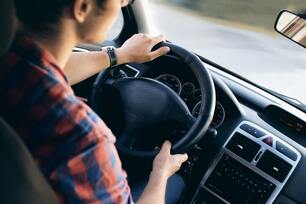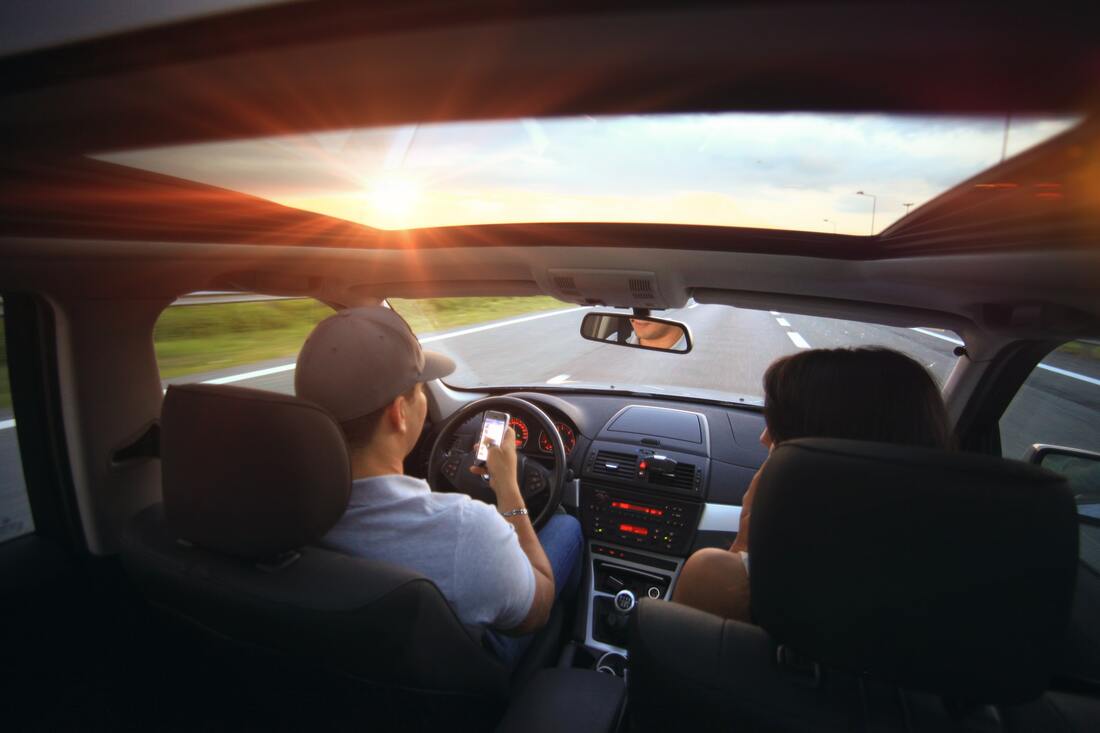Teens & Driving

Motor vehicle crashes are the leading cause of death for American teens, who are involved in three times as many fatal accidents as all other drivers. At a 2010 Brookline Wellness Summit, nearly 70 Brookline High School students, staff, parents and community members gathered for a special “Coffee and Conversation” power breakfast to examine and brainstorms strategies for “Teen Safety Behind the Wheel.”
Their key recommendations continue to be pertinent today:
Motor vehicle crashes are the leading cause of death for American teens, who are involved in three times as many fatal accidents as all other drivers. At a 2010 Brookline Wellness Summit, nearly 70 Brookline High School students, staff, parents and community members gathered for a special “Coffee and Conversation” power breakfast to examine and brainstorms strategies for “Teen Safety Behind the Wheel.”
Their key recommendations continue to be pertinent today:
|
|
|
Texting and Driving
A NY Times article claims parents undercut the "don't text and drive" message by failing their own dictum, and 59% of teens say they've seen their parents text and drive. The article also includes an interactive game that shows just how tricky (and potentially devastating) that form of multitasking can be. What To Do In Case Of An Accident? What if the worst happens, and your teen is involved in some kind of vehicle accident. Would he/she know what to do? Check out this one-page printable tip sheet to share with your teen and keep in your car's glove compartment. |
Additional Reading & Resources
- A Promise to Adam
- CDC: Parents are the Key to Safe Driving & Teen Drivers: Get the Facts
- Mothers Against Drunk Driving: The Power of Parents
- NHTSA: Distracted Driving & Teen Driving
- Partners for Safe Teen Driving
- TeenDriving.com
- Brush up on Massachusetts' Cellphone-Use & Texting-While-Driving Laws

